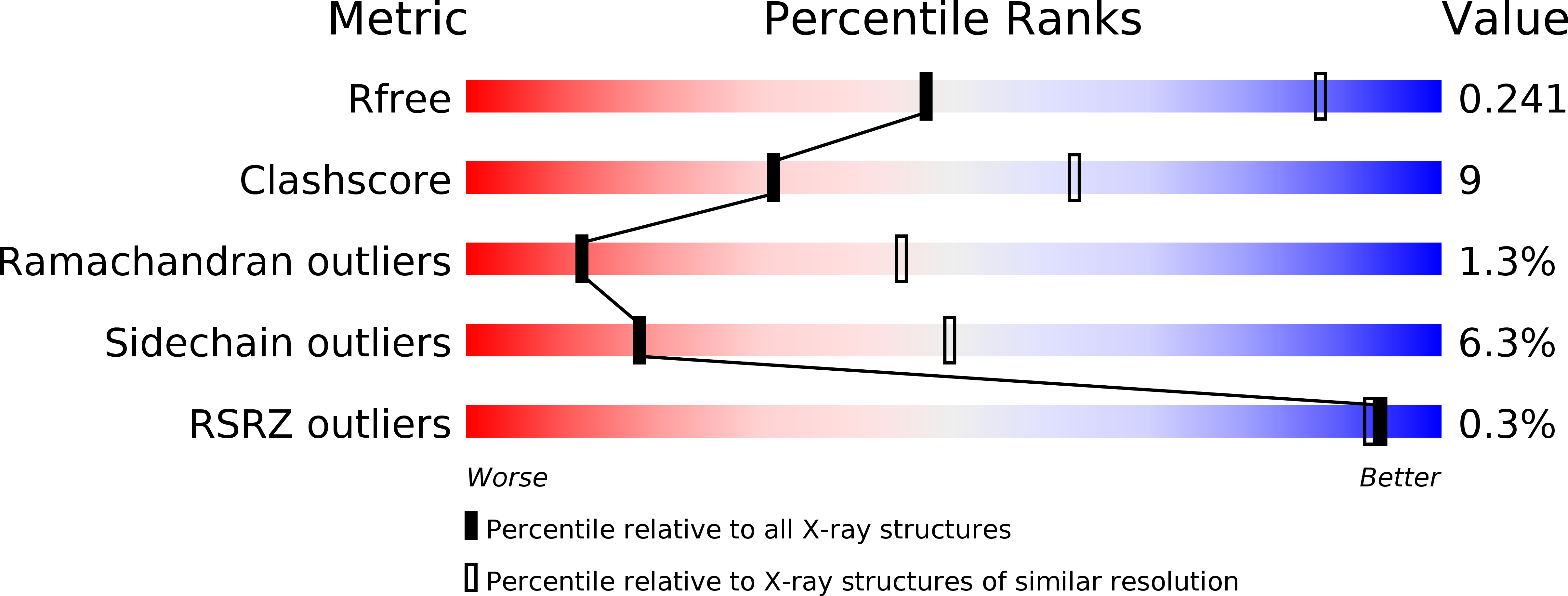
Deposition Date
2014-08-06
Release Date
2014-10-22
Last Version Date
2023-11-08
Method Details:
Experimental Method:
Resolution:
3.15 Å
R-Value Free:
0.24
R-Value Work:
0.17
R-Value Observed:
0.17
Space Group:
P 1 21 1


